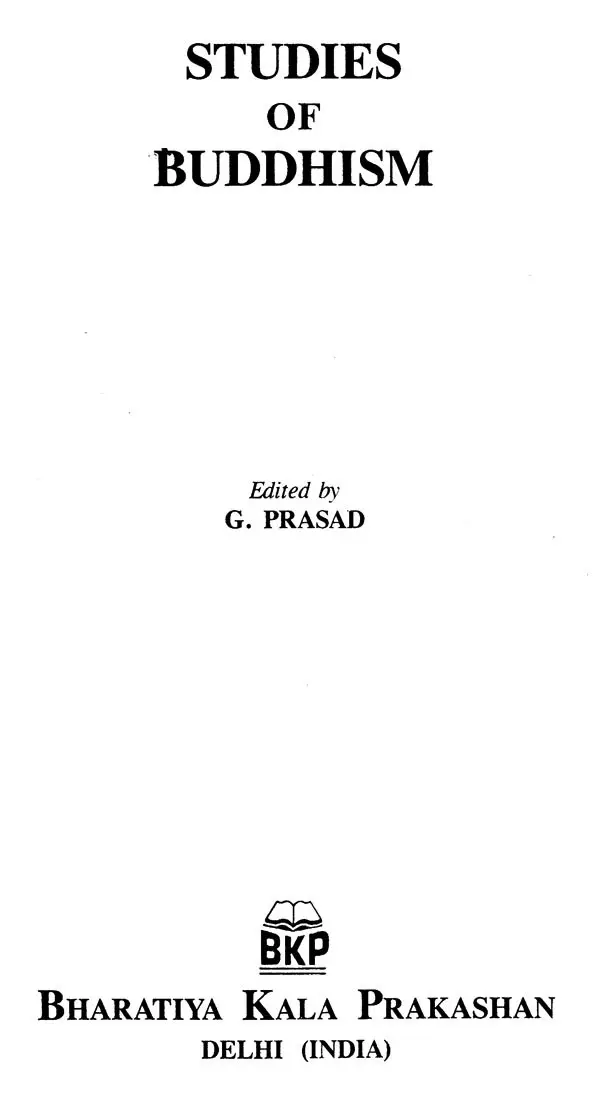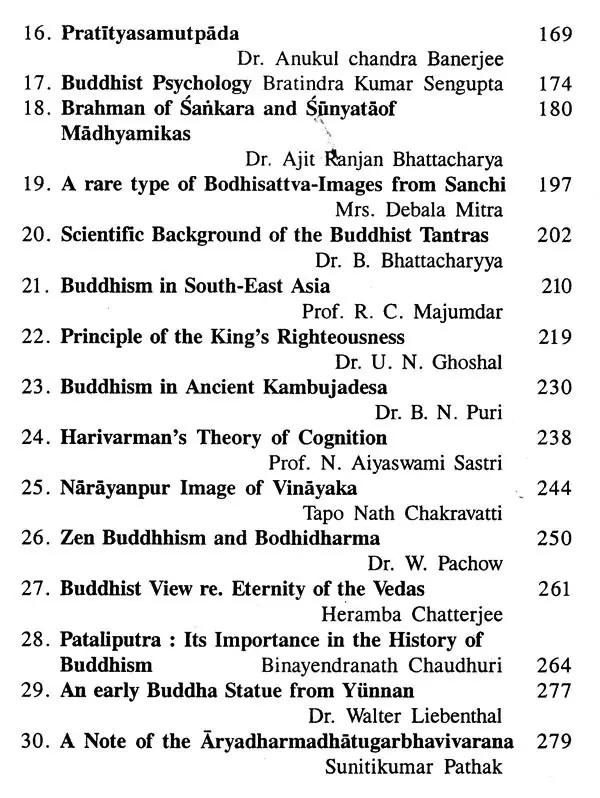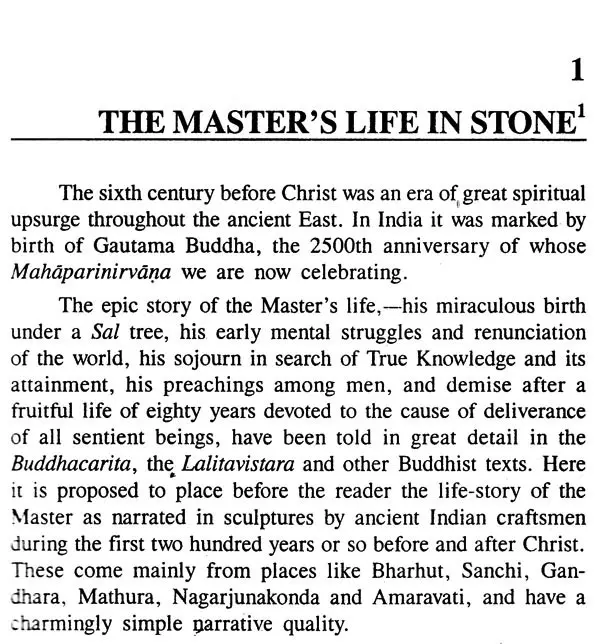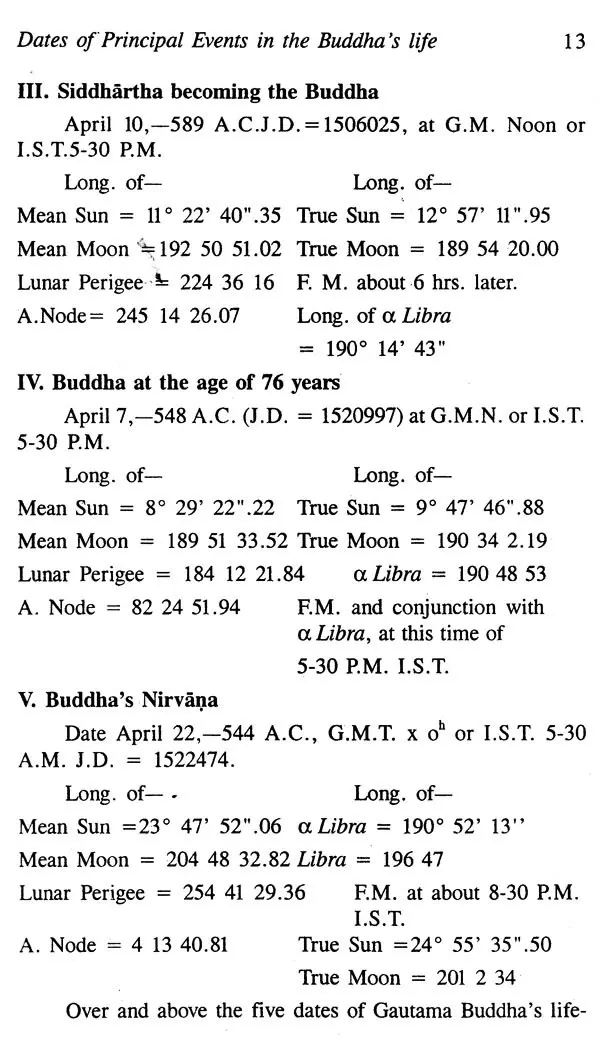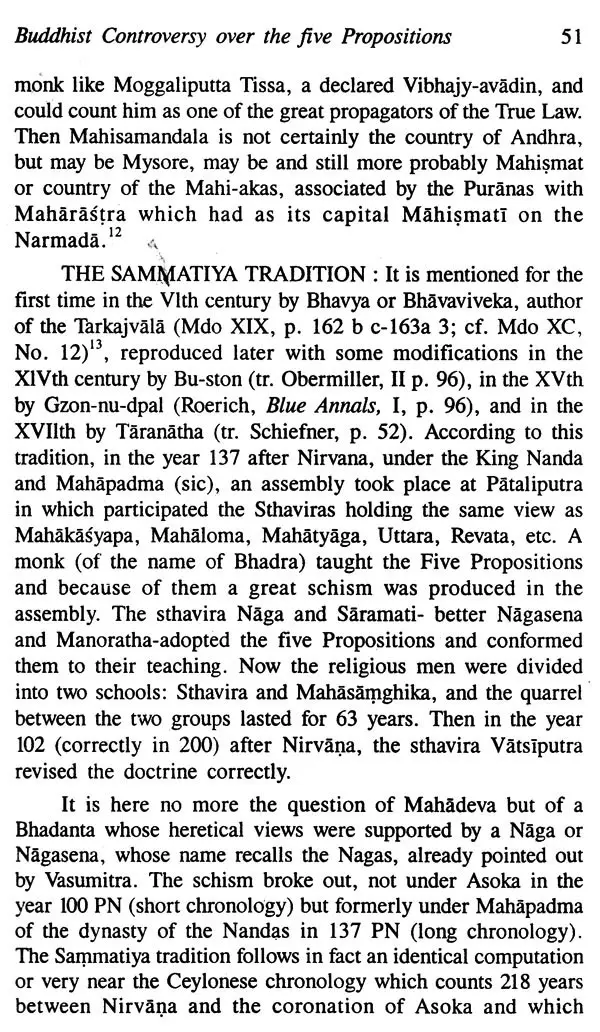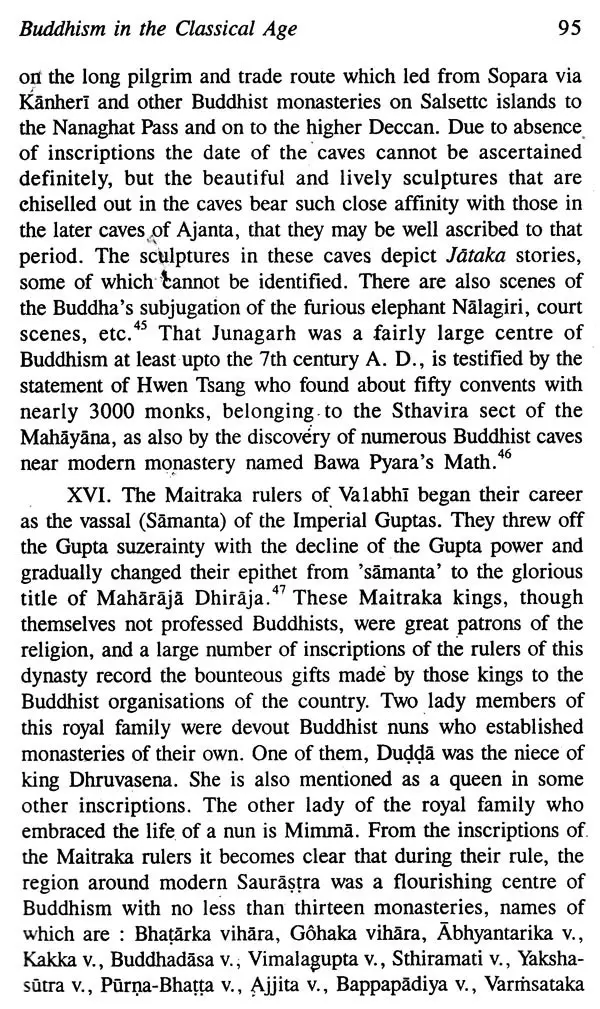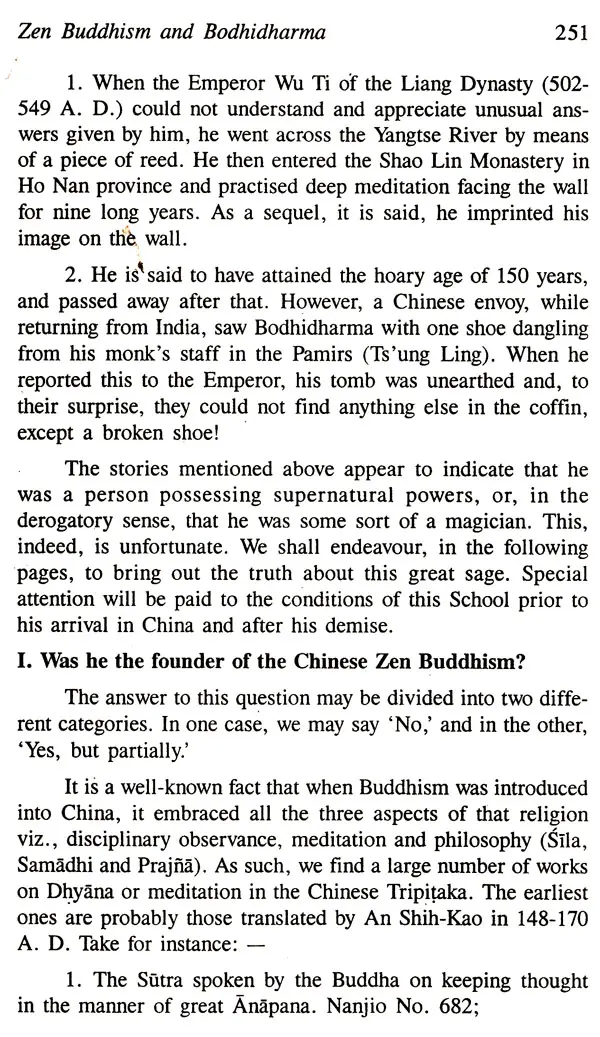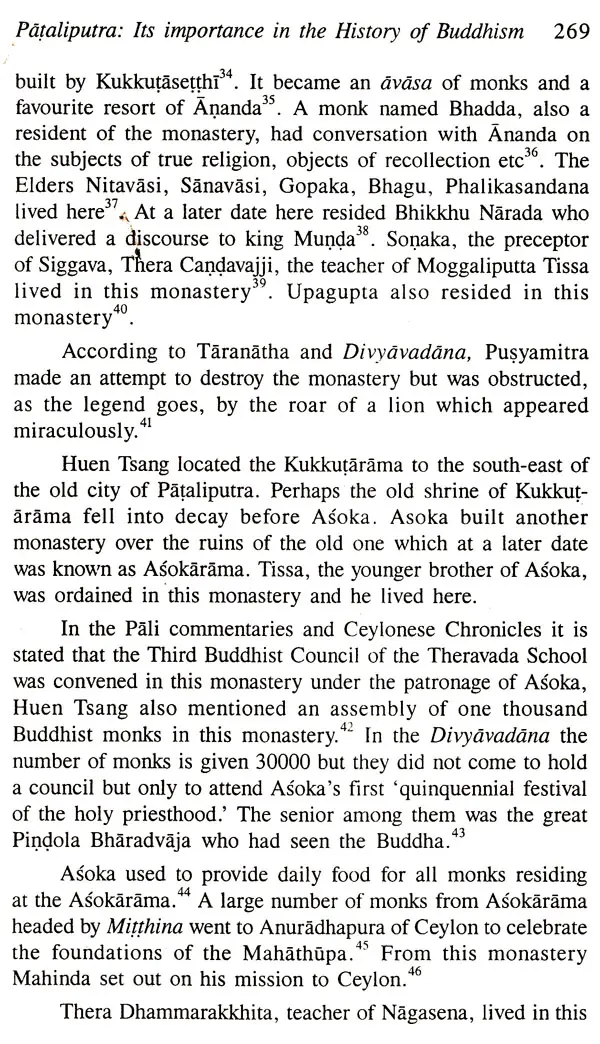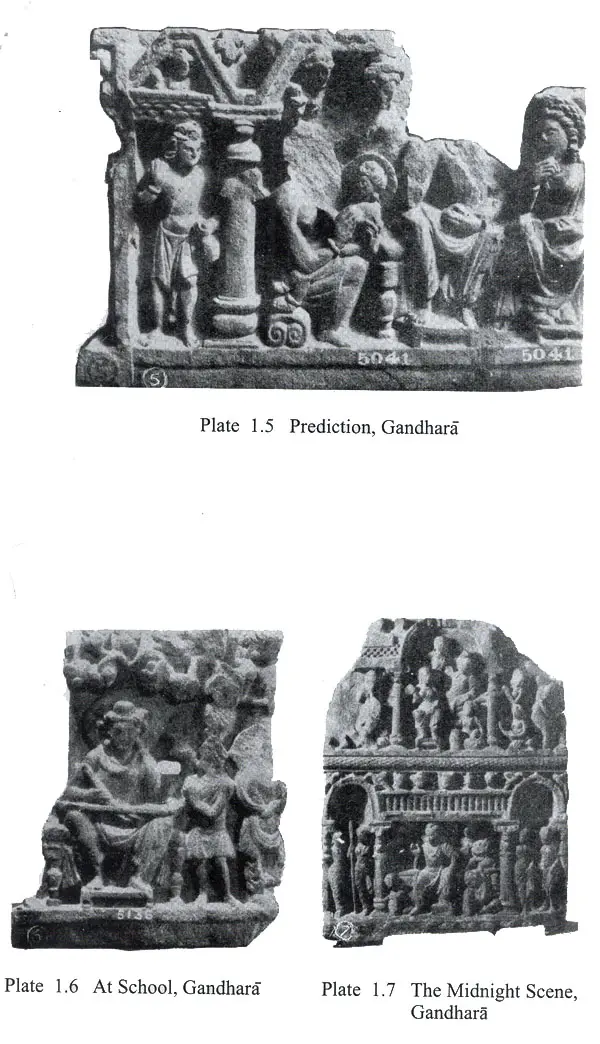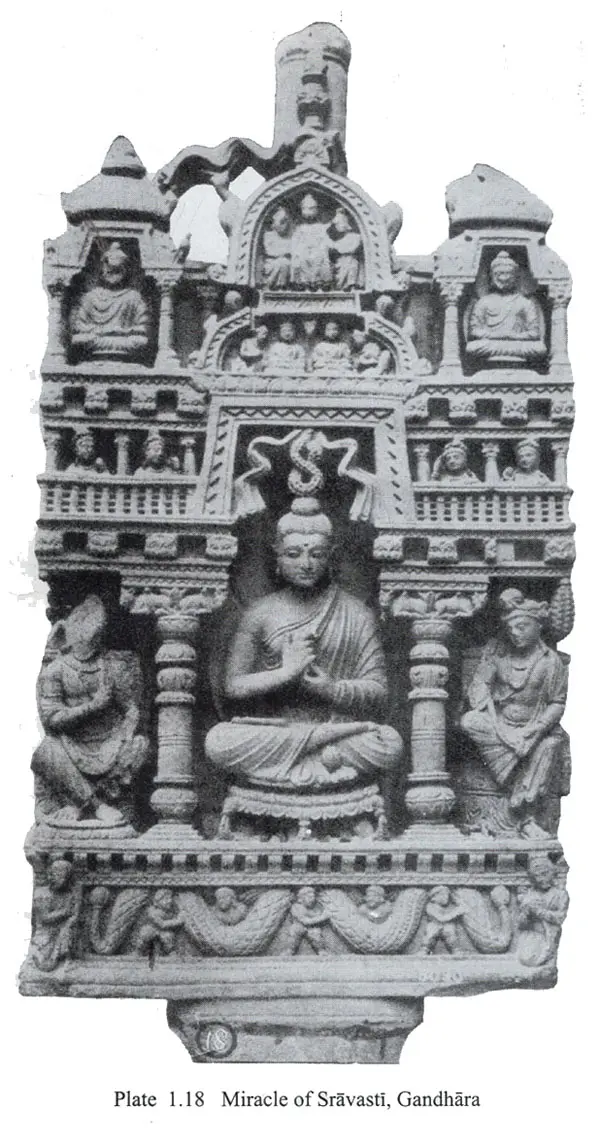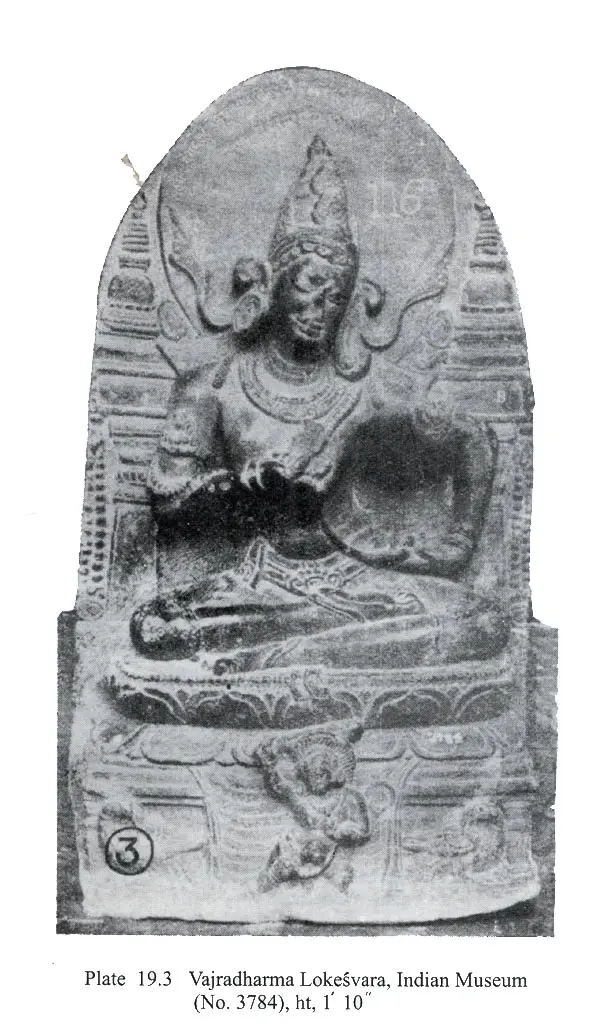
Studies of Buddhism
Book Specification
| Item Code: | UAO182 |
| Author: | G. Prasad |
| Publisher: | Bharatiya Kala Prakashan |
| Language: | English |
| Edition: | 2006 |
| ISBN: | 9788180900709 |
| Pages: | 298 |
| Cover: | HARDCOVER |
| Other Details | 8.80 X 5.80 inch |
| Weight | 540 gm |
Book Description
This volume is most interactive and highly educative informative one. and I hope that it will be very useful and popular among scholars, students and readers who are interested in Buddhism. The wholesome efforts by the different writers will be instrumental in creating interest and generating appreciation and encouragement for spreading over Buddhism in India and western countries in line of the eastern and southern countries of the world.
Sh. Prasad takes keen interest in reading and writing of books most particularly literature based on Buddhism. He is ardent follower and devout believer of Triple gems i.e. the Buddha, the Dhamma and the Sangha.
Gautama Buddha lived in an age of iron-cased beliefs and traditions, and he had to overcome an almost insurmountable opposition offered by the deep-rooted orthodoxy of a large section of the people with their long established rituals and ceremonies. His teachings, however, appealed both to the intellectuals and to the masses realizing for the first time that the path of salvation could not be the monopoly of the few. His emphasis on self-reliance, and his exposition of the law of causality were a notable contribution to Indian thought and religion.
PHILOSOPHY: Gautama Buddha was brought up in the Indian traditional faith and doctrines but he had the courage to challenge their efficacy and usefulness in reducing and ultimately eliminating the human sufferings. In pre-Buddha days, many thinkers applied their minds to the quest of the Truth, but their thoughts and beliefs have not come down to us except those found in the Upanisads and the Jaina literature. In the former, the findings about the Truth and its nature were varied, and it is the monistic conception that found prominence. The highest Truth, according to this view, is transcendental, and so it can be referred to by negations only of known concepts, Gautama Buddha subscribed to this view but he adhered strictly to negative terms and criticized all attempts at forming any positive concept about the ultimate Truth. It has been expressed in these words by Nagarjuna:
एतत् तल्लोकनाथानां बुद्धानां शासनामृतम् ॥
[It connotes neither one nor many; it is neither annihilation nor eternality-this is the immortal teaching of Buddhas, the leaders of the world.]
His thorough-going view in this respect is due to his firm conviction that the Absolute is perfectly absolute and has no relation whatsoever with the composite universe. It is the Asankhata or the unconstituted, and hence uncaused and unconditioned, unoriginated and undecaying, attributeless, one and the same, and it has nothing to do with Samkhata, the constituted. He would not admit, even that 'it is', or 'it is not' or it is both 'is and is not', or it is not both'is and is not'. In the very first Sutta of the Dighanikaya acknowledged as the Buddhavacana by all sects of Buddhism, he warned his disciples against any attempt to speculate about the Ultimates, which he said, could only be realised by the Perfect within one's own self (paccattam veditabbo viññahi). He instructed them to apply their minds to the origin and decay of the constituted world which lacks substantiality and is subject to impermanence and painfulness. It is for this reason that his disciples went to the ut most length to analyse the physical and mental constituents of a being in the Abhidhamma texts. "Buddha's appeal was to logic, reason and experience, his emphasis was on ethics, and his method was one of psychological analysis" says Nehru in his "Discovery of India" (1956), P. 109. In course of his analysis of the phenomenal world, Buddha visualised the law of causality or the law of momentary sequence of the dynamic states of worldly beings and objects, and it is by this law that he establishes the non-existence of eternal soul. Of notable importance is his ks anikavada, which implies that a cause has no duration, and it ceases as soon as the effect is produced; there is not even an infinitesmal interval between the cause and its effect. There is no static cause in a dynamic world and it is by inference only that we say that the cause produces an effect. Bertrand Russell in his "Mysticism and Logic" (p. 192)) says that cause and effect are mere sequences, and there is no law of causality but mere causal sequences, "the earlier event is the cause and the later event the effect", as "night is the cause of day". This interpreta tion has some affinity with the Buddhist law of causation. A being, according to the Buddhists, is a ceaseless stream of mental and physical constituents (nama-rupa), which disinteg rate and re-integrate almost simultaneously. Such disintegrate and re-integration are in fact invariable sequences and not exactly cause and effect, as there is no substance to maintain the relation of cause and effect, nor is there any interval for the cause to produce an effect.
**Contents and Sample Pages**
